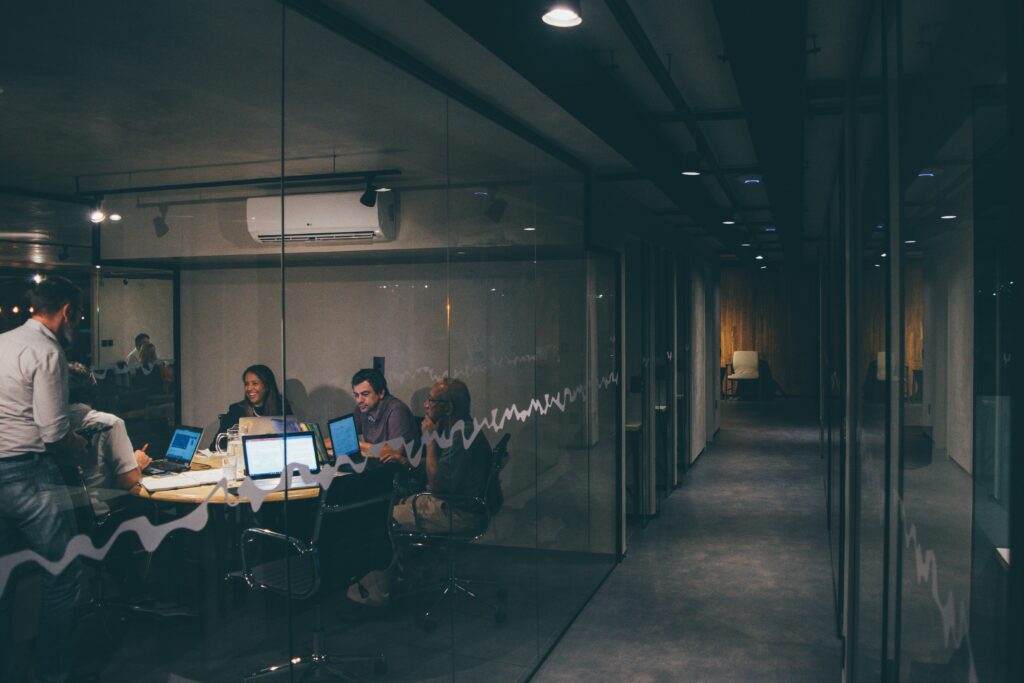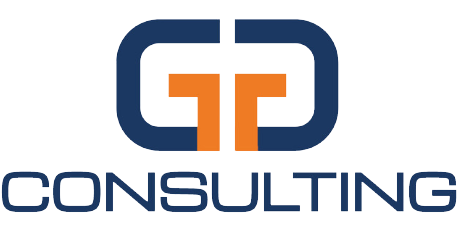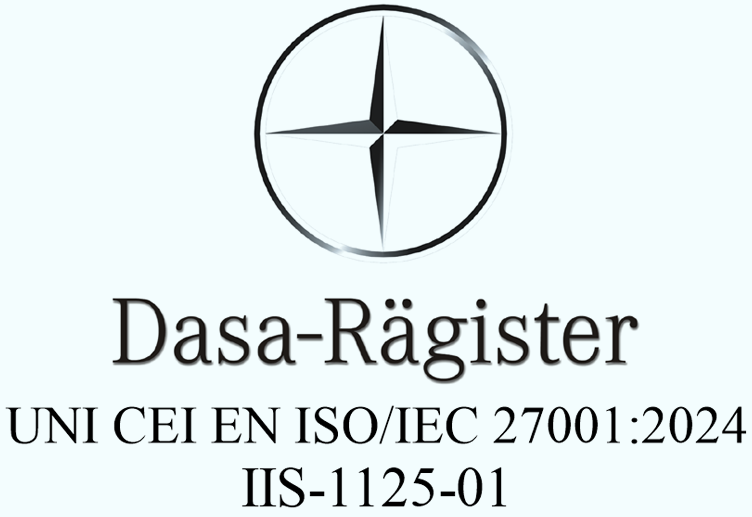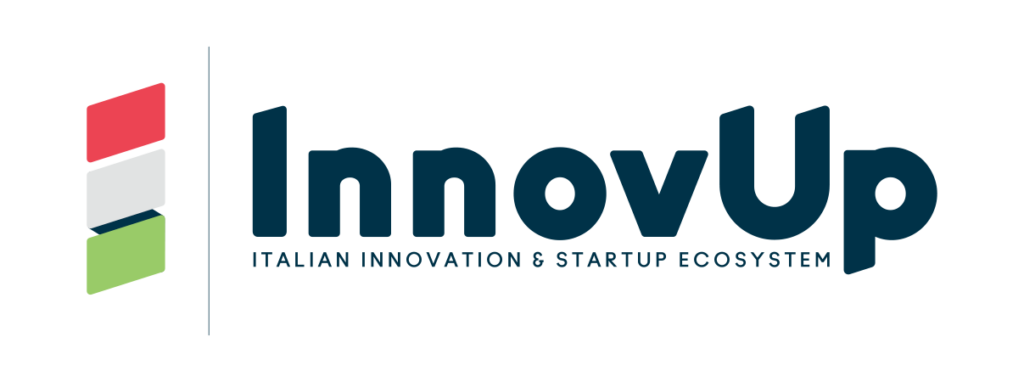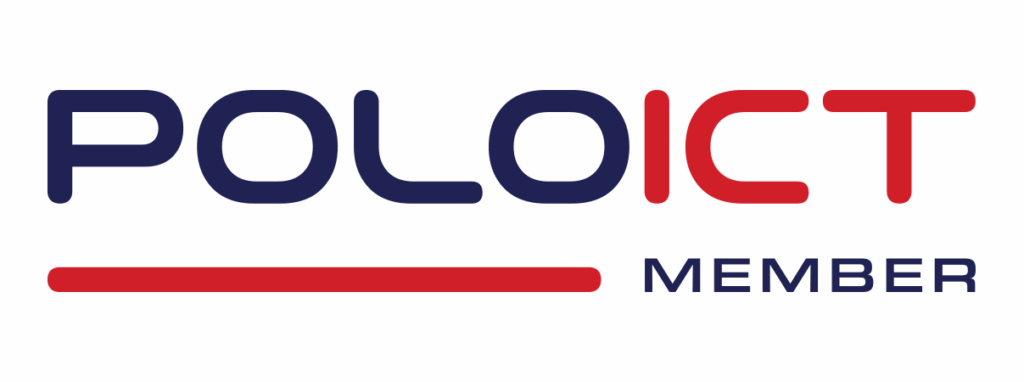Does the topic of Cybersecurity for companies still seem like a maze of technical terms and expensive solutions to you? Don’t worry, let’s approach it as a conversation between colleagues: you ask the questions that keep you awake at night thinking about your company, I’ll give you concrete and understandable answers.
“If tomorrow a ransomware blocks our systems, where do we start again?”
This is the question that sooner or later every entrepreneur asks themselves. The data is clear: over 60% of Italian SMEs have suffered at least one attempted cyberattack in the last two years, and ransomware represents the most costly and devastating threat.
The good news? Survival relies on three fundamental pillars:
First pillar: Secure and immutable backups
It’s not enough to just save the data “somewhere.” You need multiple, encrypted, and above all immutable copies – meaning that not even malware can modify or delete them. When documents are fragmented and distributed across thousands of geographically separated nodes, as in decentralized architecture, ransomware simply cannot find a central point to attack.
Second pillar: Strong authentication
The password alone is an open invitation for criminals. Multi-factor authentication (the one that asks you for the code on your phone, to be clear) reduces the risk of unauthorized access by 99%.
Third pillar: Tested recovery plan
Having a written emergency plan but never testing it is like having expired insurance. The plan must be tested regularly, and everyone must know what to do.
“Has remote working not made everything more complicated?”
You’re right, remote working has multiplied the number of vulnerable access points. But the solution is not to go back to obsessive control over every click employees make.
The secret lies in making documents useless outside of their authorized context. Imagine this scenario: a collaborator downloads an important file from the public Wi-Fi of a café or loses their laptop on a train. With traditional systems, anyone who finds that device can access your sensitive data.
With modern security architecture, instead, the file always remains encrypted on the client side. Even if someone manages to intercept it, they only see a sequence of incomprehensible characters. And you can still monitor in real time who opens what, when, and from where, maintaining control without suffocating productivity.
“Is sending contracts by email really that risky?”
More than you imagine. On its journey between your inbox and the client’s, that PDF passes through mail servers, spam filters, local clients, and perhaps some accidental forwards. Every step is an opportunity for an unauthorized copy.
Think about this: how many different people could theoretically access that document during its digital journey? The answer would surprise you.
The smart alternative is to share through systems that don’t go through third-party servers. With a decentralized architecture like that of Certiblok, the link cannot be intercepted or tampered with during transfer. The recipient can choose whether to directly download a copy of the file or access the free app to manage the document, start direct conversations through the integrated Share’n Talk system, all with complete activity tracking that remains in the document’s metadata.
The crucial advantage? You don’t entrust your contents to external service providers who might read them or, worse, claim ownership of them, as happens with many traditional file transfer services.
“How do we handle audits and inspections without going crazy?”
Here’s a problem I know well: the inspector asks you to see “all documentation related to certification XYZ,” and you find yourself digging through folders, multiple versions, and scattered emails.
The modern solution involves digital spaces dedicated to verifications. You upload the required documents into an isolated environment, invite the inspector, auditor, or consultant with temporary credentials, and they can review everything without you having to send hundreds of megabytes of zip files or worry about what happens to the files after the audit.
The inspector, auditor, or consultant can comment on and assess each document, upload their own report documents into the Audit Room, and at the expiration or closure of the audit or due diligence period, Certiblok automatically sends a summary report to both parties (company and inspector) with all activities carried out. Everything is then sealed and kept in a decentralized and encrypted environment. Perfect to demonstrate compliance without headaches.
“How much does IT security really cost?”
Here we need to flip the perspective. The right question is not “how much does protection cost,” but “how much does NOT protecting cost.”
Consider these real numbers:
- Average cost of a ransomware attack for an SME: €50,000–200,000
- Average downtime: 7–21 days
- Percentage of companies that close within 6 months of a severe attack: 25%
Investing today in end-to-end encryption, distributed infrastructure, and automated security processes often costs less than you would spend in a month repairing the damages of a single incident.
“Blockchain and decentralization: are they just buzzwords?”
Not in the context of document security, where they have concrete and measurable applications.
Decentralization means your data is not all in the same place, vulnerable to a single attack. They are fragmented, encrypted, and distributed across thousands of nodes, in turn controlled by smart contracts on blockchain. A hacker would have to simultaneously compromise hundreds of servers in different countries just to reconstruct a single file. Practically impossible.
Investing today in end-to-end encryption, distributed infrastructure, and automated security processes often costs less than you would spend in a month repairing the damages of a single incident.
“What are the signs that tell us to act immediately?”
These warning bells should make you move today:
- You handle sensitive documents (contracts, personal data, intellectual property)
- You’ve suffered attempted attacks in the last 12 months
- Your competitors are investing in cybersecurity
- Clients or partners ask you for guarantees about your security standards
- You operate in regulated sectors (healthcare, finance, legal)
- You depend on remote work or digital collaboration
The road from here
IT security is no longer a luxury for large corporations. It’s a necessity for any company that wants to grow with peace of mind in the digital world.
There are no magic solutions, but there are smart approaches: combining ease of use with enterprise security, leveraging mature technologies like AES-256 encryption and decentralized architecture, and above all thinking of security as an investment in business continuity, not as a cost.
The technology exists, it’s mature and accessible. The question is no longer “if” to invest in IT security, but “when” to start sleeping peacefully.
Do you want to know how to concretely protect your company? Don’t settle for generic solutions. Request personalized information to discover how a decentralized security architecture can adapt to your specific business needs.
Fill out the form below to request the FREE Plan
or the full BUSINESS Plan for 30 days.
Funzioni

